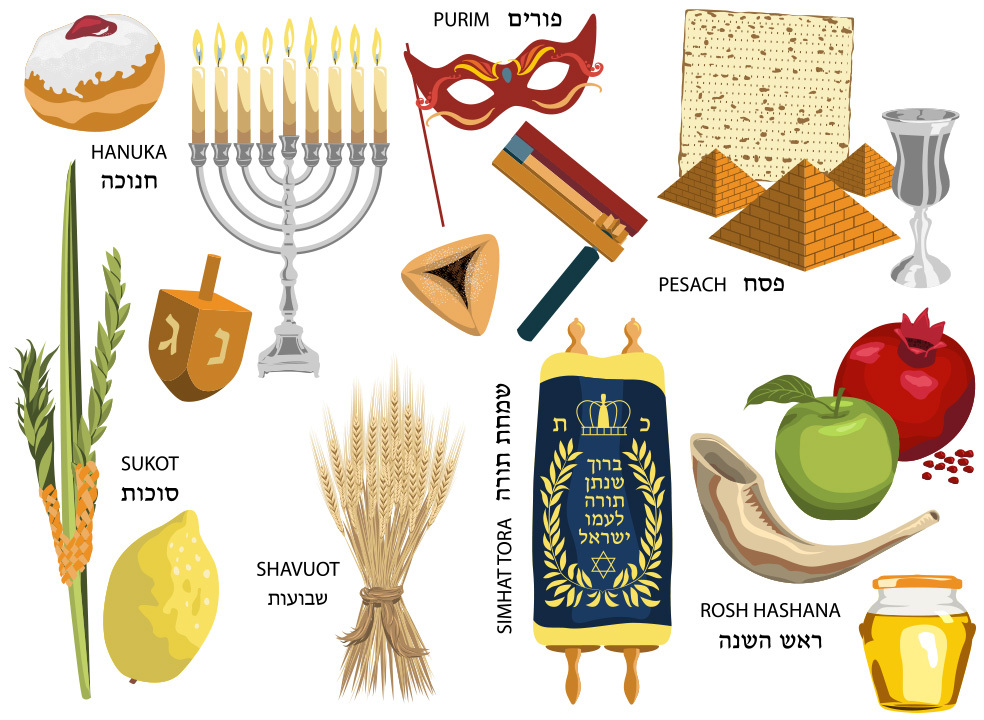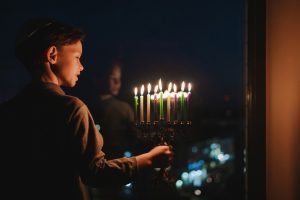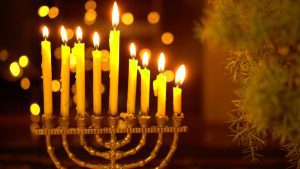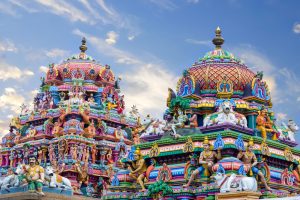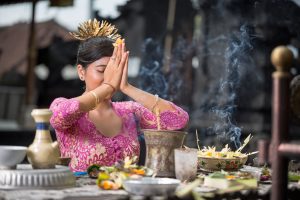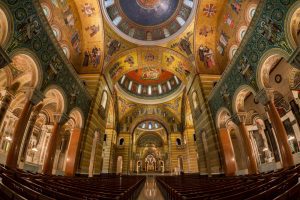Although some Jewish holidays are widely known, like Hanukkah and Passover, many people don’t realize just how many important celebrations there are in this religion.
The Hebrew calendar is filled with a variety of unique holidays, ranging from a day of rest to week-long celebrations.
Even within the Jewish community, there are variations as to how some of these holidays are celebrated. However, one thing remains the same: these holidays were created to honor God, commemorate important parts of everyday life, and allow for new beginnings.
Many holidays follow strict rules when it comes to how Jewish people can engage with the outside world, and they often require families to take time off of work to spend with one another.
It is also common for there to be a specific style of attire needed for these holidays, as well as a menu that focuses on a particular food that is symbolic of the holiday’s purpose.
To learn more about some of these traditions and to further understand the ideas of the Jewish faith, check out this list of the seven most important Jewish holidays.
Table of Contents
1. Shabbat
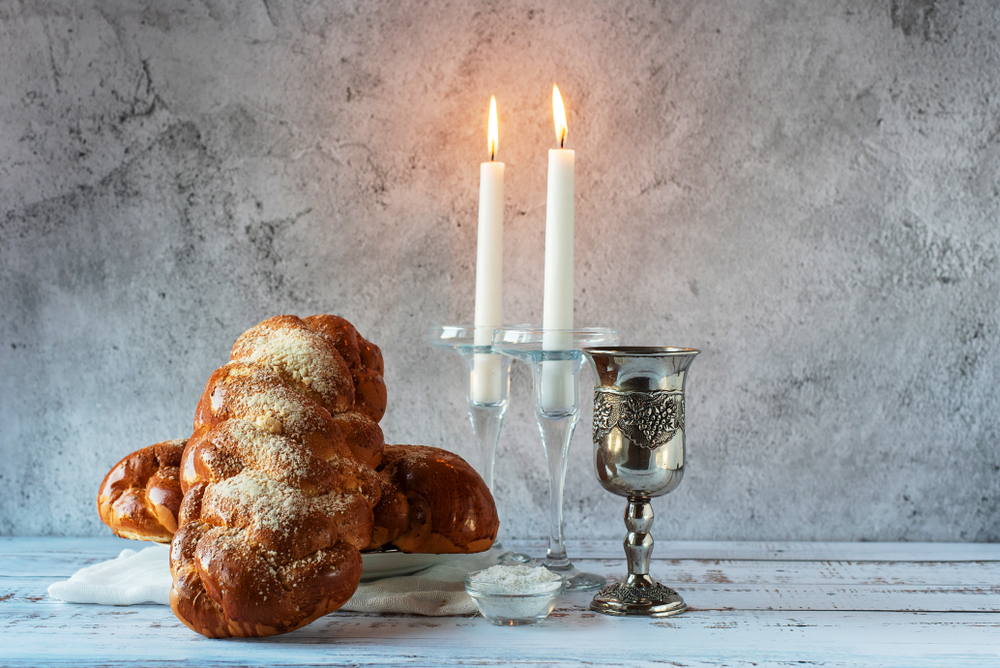
Celebrated as a day of rest, Shabbat translates to “he rested” and is a day that recognizes God’s day of rest after spending six continuous days creating the world.
In order to honor this day of rest, Jewish people spend an entire day limiting their daily activities, although some follow stricter rules than others.
The belief is that one should rest their body and mind for at least one day, and this is why you may notice that some Jewish people will avoid all forms of technology during Shabbat.
Regardless of the extent to which a Jewish family follows Shabbat rules, they almost always make sure that they are spending their time relaxing with one another.
Another traditional aspect of Shabbat is to wear nice clothes, and some Jewish people even go as far as wearing completely white attire to symbolize their wish for purity.
Unlike most holidays that come and go once a year, Shabbat is celebrated every single week starting on Friday night and continuing until Saturday night.
The holiday usually starts with a service at a synagogue where Jewish people will participate in services like Kabbalat Shabbat and join together to sing songs about the holiday.
Those who celebrate the beginning of Shabbat from home will often do so by lighting candles around the house and blessing each of their children.
On Saturday mornings, a second service is held where passages from the Torah are recited, and special prayers are said to commemorate the day of the holiday.
At the end of the day, one last ceremony is held to celebrate the end of the holy day and allow for a peaceful transition back into the daily tasks expected during the workweek.
While there are many adaptations to celebrating Shabbat, most people feel that three meals are absolutely necessary during this rest day.
The celebration begins with a plentiful dinner on Friday night that will hold you over until lunch on Saturday, and then the holiday ends with an early dinner.
Because meat is considered an indulgence, it is a popular dish to enjoy during Shabbat and is often paired with challah bread and wine to complete the meal.
2. Rosh Hashanah
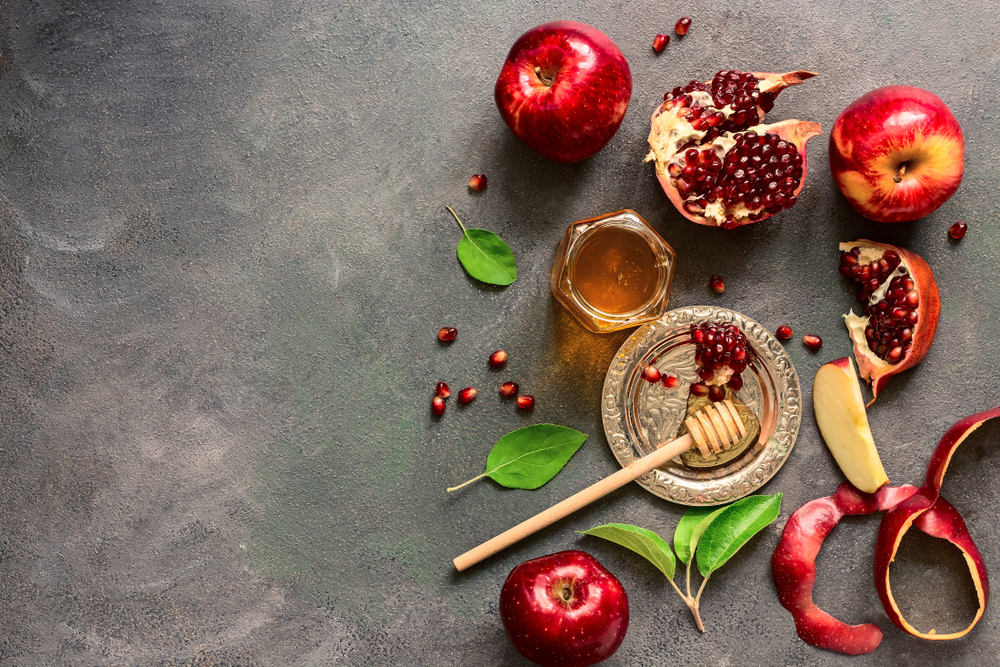
Referred to as Jewish New Year, Rosh Hashanah is an extremely important holiday as it is a time where Jewish people can reflect and rejoice.
The name of the holiday itself translates to “first of the year” and it was created to celebrate God’s successful creation of our world.
It is also the start of the Days of Awe, which is a ten-day period where Jewish people spend their time reflecting on their current lives and feeling a sense of penitence.
Although there are no specific dates for Rosh Hashanah, it is always celebrated in the month of September or October, depending on the Hebrew calendar.
And like most Jewish holidays, it is celebrated in different ways depending on the family. For example, some Jewish people celebrate Rosh Hashanah for two days while others only celebrate for one day.
Rosh Hashanah celebrations are like the world’s modern-day New Years’ celebrations, as they are usually quiet and peaceful events.
Most Jewish people spend their time celebrating Rosh Hashanah by simply taking a day off from work and spending the day attending services at a synagogue.
At the synagogue, it is not uncommon for services to be a bit different than normal, with special songs, texts, prayer books, rabbis, and ceremonies held that are more specific to that holiday.
The signature sound of this Jewish holiday comes from a shofar, which is a trumpet created from the horn of a ram and serves as a reminder for Jews to practice penance and keep God in their hearts.
You may hear this horn blast fourteen consecutive blows. The first blow is a long-lasting sound that represents tekiah, followed by three quick blows in honor of shevarim, then continued on by nine sharp blows that represent teruah, and finished by one continuous blow to commemorate tekiah gedolah.
Once the ceremony is over, families go back to their homes to enjoy a special meal where they dress in their best attire and set up the dining room with their most luxurious linens.
The meal they eat is also symbolic of what they hope to achieve in the new year, and prior to feasting, two candles are lit to honor the special day.
A very popular tradition of Rosh Hashanah is eating apples with honey in between prayers, so you will usually see these items present during the holiday.
3. Yom Kippur
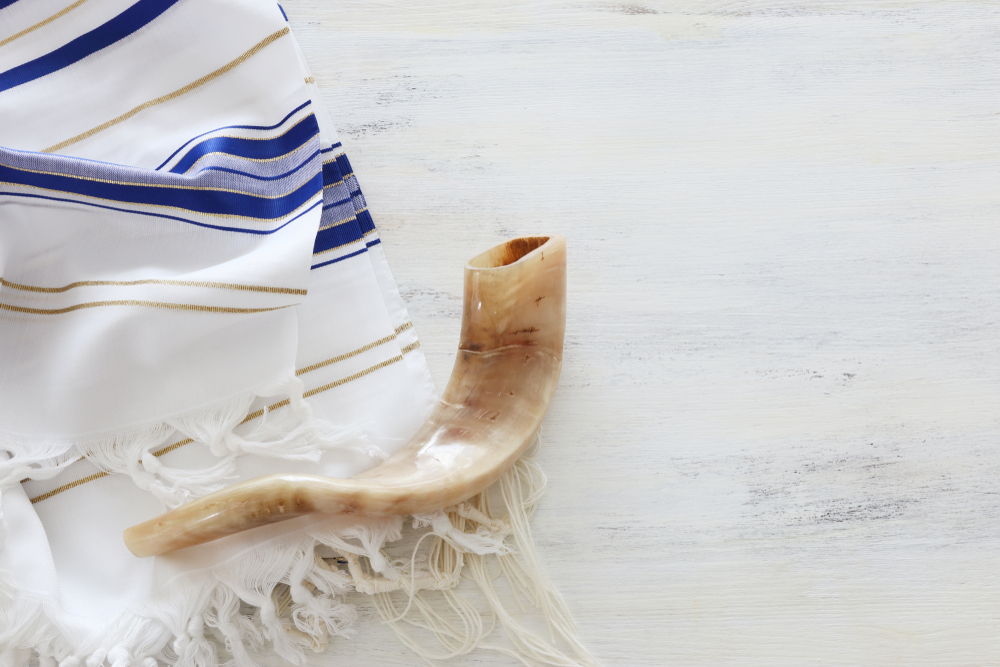
Known as the Day of Atonement, Yom Kippur is a very important holiday and is actually considered to be the most significant in the Jewish faith.
Yom Kippur is the holiday that directly follows Rosh Hashanah, and it commemorates the end of the Days of Awe (whereas Rosh Hashanah honors the beginning).
It is believed that once the day of Yom Kippur arrives, God will make his decision about the future of the souls that live on earth.
This is why it is so important for the Jewish people to spend the days leading up to Yom Kippur in a state of penance where they aim to make amends for any sins that they have committed in the last year.
After a week of repenting, the Jewish people go a step further to ask forgiveness by participating in a twenty-five-hour fast of all foods.
This is not done as a punishment for their sins but rather as a way to help the Jewish people cleanse their bodies of all impurities and continue life with a cleansed soul.
Like Rosh Hashanah, Yom Kippur doesn’t have an exact date but follows the Hebrew Calendar, so it is usually celebrated sometime between September and October.
This holiday, however, is often referred to as the “Sabbath of Sabbaths” which ultimately means that it is the holiest Jewish celebration by far.
This also means that even Jews who don’t follow other customs and participate in every holiday understand that this is a holiday that needs to be respected and honored.
Because there is such an influx of Jewish people attending synagogues on this day, large recreation halls are usually rented out as well to account for the large number of people that come to acknowledge this holy day.
During the holiday, the synagogues perform special services that include the use of particular rabbis, prayer books, and focus on five specific prayers in particular.
Also similar to Rosh Hashanah, the trumpet made from a ram’s horn plays an important role in the holiday and is blown at the end of the last service to inform the people that the fast is over and they can feast once more.
It is not uncommon to see Jewish families gathering together for extraordinary feasts before and after the holiday to honor its beginning and its end.
4. Sukkot
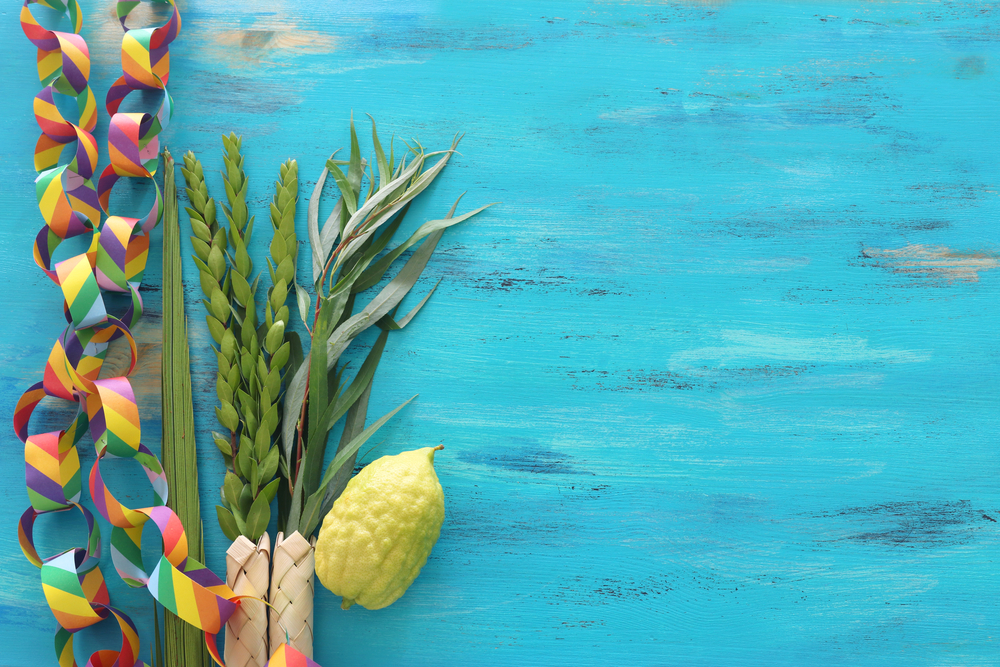
Five days after the important holiday of Yom Kippur, Jewish people celebrate another holiday known as Sukkot, which is also known as the Feast of Tabernacles.
This holiday is to appreciate the way that God protected their people as they traveled through the extreme conditions of the desert to reach the Promised Land.
The holiday lasts an entire week and is broken down into sections, with the first two days being referred to as Yom Tov and the remaining days as Chol Hamoed.
During Yom Tov, it is important that the Jewish people refrain from work, light candles every evening, and enjoy hearty meals that incorporate challah bread with honey.
The remaining days should be spent in the sukkah, which is usually a small shack or booth structure that lets the Jewish people understand what it was like for the Israelis on their travels to the Promised Land.
While not everyone will spend all of their time in the sukkah, most Jewish families will at least make sure that all meals are eaten here.
It is also during this time that the Jewish people will take the Four Kinds, which are made up of a palm branch, two willows, three or more myrtles, and one citron.
Once you have the Four Kinds in your possession, you are expected to take them with you throughout the day, caring for them as if they were fragile goods and reciting your daily prayers with them as well.
5. Shemini Atzeret
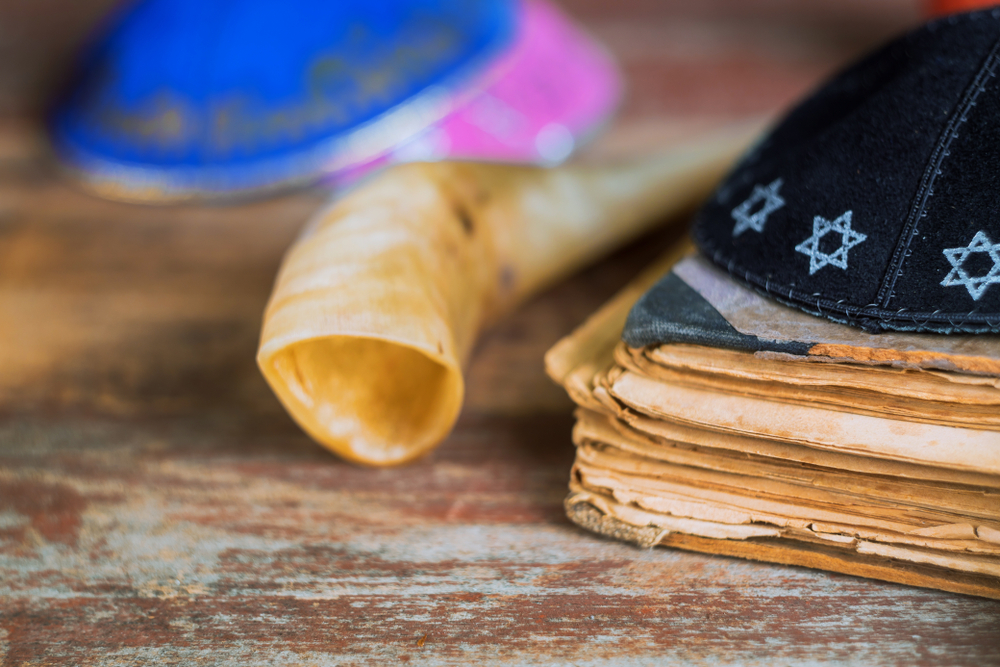
The day immediately following the end of Sukkot is celebrated as Shemini Atzeret, and although many of the customs are the same between these two holidays, there are some key differences.
Shemini Atzeret acts as the eighth day of Sukkot and is often referred to as the celebration that brings the holiday to a close, but it believed that because the Talmud refers to it as a “festival in its own right” that it is has earned its own place on the Hebrew Calendar.
In a sense, Shemini Atzeret is a holiday that celebrates another holiday and lets the Jewish people reflect on the beauty of their time honoring Sukkot.
Some customs remain the same, like the use of the sukkah to eat meals in, but the blessings and prayers used on this day are different from what you’ll see during the rest of the week.
For starters, there is no longer use of the lulav, and blessings aren’t needed to enter the sukkah. Also, a new rain prayer is added to services at the synagogues.
This rain prayer is used not only to bring good fortune to future harvests but to also cleanse the Jewish People of their sins as they continue on with the remainder of the year.
It is believed that part of the reason that a second holiday was created from Sokkut was to give the Jewish people one last day to rejoice before they endure a long, two-month stretch until their next special day.
6. Hanukkah
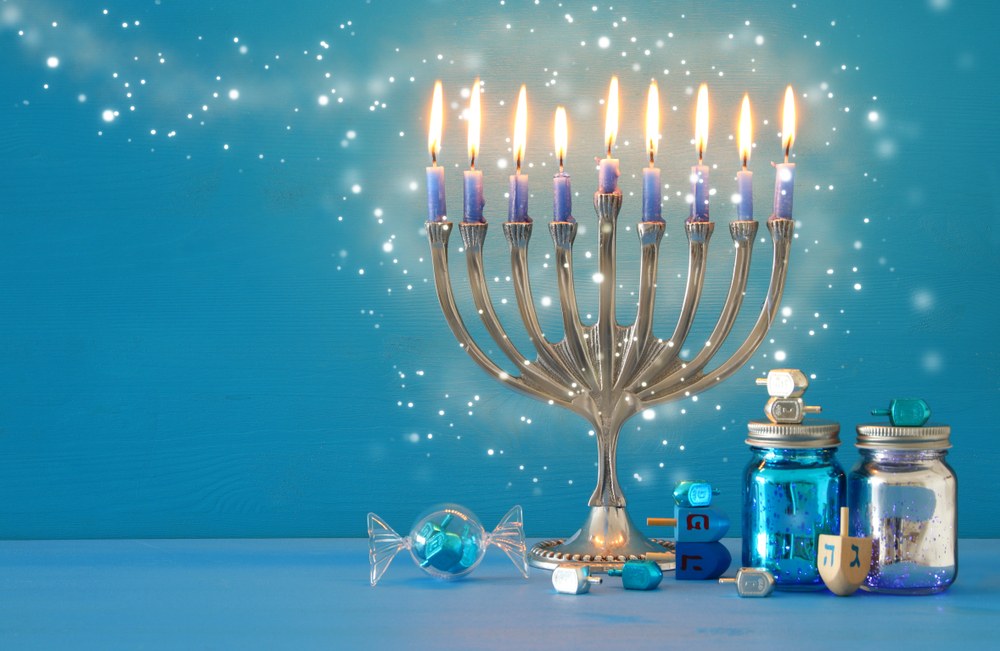
Also spelled as Chanukah, Hanukkah is a widely known Jewish holiday, but many people don’t realize the many traditions that come along with it.
The holiday is defined as “dedication” and it is an eight-day event that happens each year between the months of November and December.
Although many believe that this holiday follows similar traditions to Christmas, there are many key differences and the most surprising is the story of its origin.
This story dates back to BCE when a small group of Jews, led by Judah and with limited weaponry, managed to drive away the overpowering Greek army.
If this miracle wasn’t enough, they were then able to re-light the Menorah with just a drop of olive oil, and it managed to stay lit for eight days until another oil source was discovered.
This is why the holiday is celebrated for eight days, and it is designed to commemorate the miracles that took place thanks to the love and support of God.
One of the most common traditions of Chanukah is the lighting of the Menorah each night, where the Jewish people will light one candle every night until all eight candles are lit.
Prior to lighting one of these candles, it is important to recite the special blessings and once the candle is lit, the Jewish people celebrate with a traditional song.
You will find these menorahs on display in a window or by a doorway in Jewish households as well front and center in places like synagogues.
And because a small drop of oil played a major role in the miracles that took place, it only makes sense that the food that is eaten on this day is fried in that same type of liquid.
There are plenty of fried foods that the Jewish people indulge in during Hanukkah, but the most popular are potato latkes with applesauce and jelly-filled donuts known as sufganya.
You may also notice that the dreidel is a common icon for Hanukkah, as it is a popular game that is played amongst friends and family during the holiday.
And unlike Christmas where it is custom to have gifts wrapped under a tree, Hanukkah is more focused on giving children money to use in their future endeavors.
7. Passover
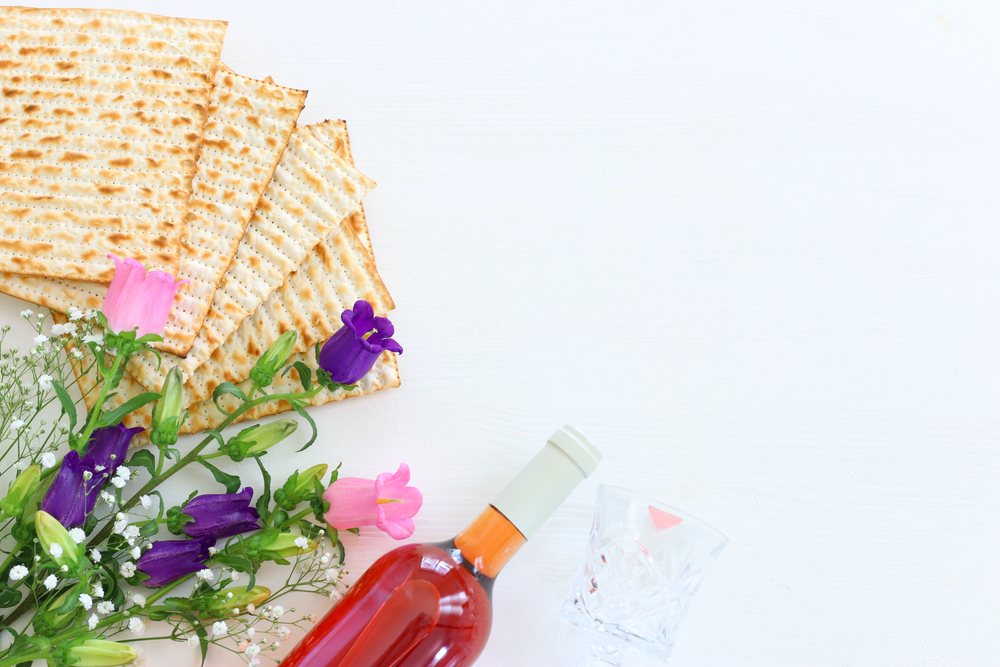
Another Jewish holiday that may sound familiar to is Passover, and that is because it has become a holiday celebrated across different religions.
The holiday’s origin reflects back to the book of Exodus where God freed all of the Israelites from their doomed lives of slavery in Egypt.
It is believed that God did this by striking Egypt with numerous plagues to weaken them and then “passing over” the homes of the Israelites on the last night in order to protect them during their escape.
This belief is how the holiday got its name, and the traditions that follow this celebration were obtained in a similar fashion.
On this last night, Moses guided the Israelites out in a hurry, parting the Red Sea in the process, which meant that the Israelites had to take their bread along with them before the waters had time to rise again.
That is why it is custom for Jewish people to avoid any type of food that has grain ingredients like wheat, oats, barley, rye, and more during Passover.
Some families will even go as far as completely ridding their homes of any grain products they may have in their pantry and cleaning kitchen pots to ensure that no past grain was left behind.
However, Jews feast in other ways with symbolic meals that represent their rise to freedom, like four cups of wine to represent happiness, bitter herbs to reflect back on past suffering, green vegetables to symbolize new beginnings, and matzah as the ultimate symbol of freedom.
Like many other Jewish holidays, Passover follows the Hebrew calendar, but it is always an eight-day-long celebration that occurs sometime between March and April.

